Physical Address
304 North Cardinal St.
Dorchester Center, MA 02124

Artificial intelligence (AI) has significantly impacted many aspects of our lives, including education, in today’s quickly changing world. AI educational tools are transforming how educators teach, and learners absorb knowledge, increasing accessibility, effectiveness, and engagement in the classroom. These tools use artificial intelligence (AI) to automate administrative tasks, customize learning experiences, and offer insightful data on student performance. This blog post will cover ten essential AI teaching tools that revolutionize how teachers and students learn.
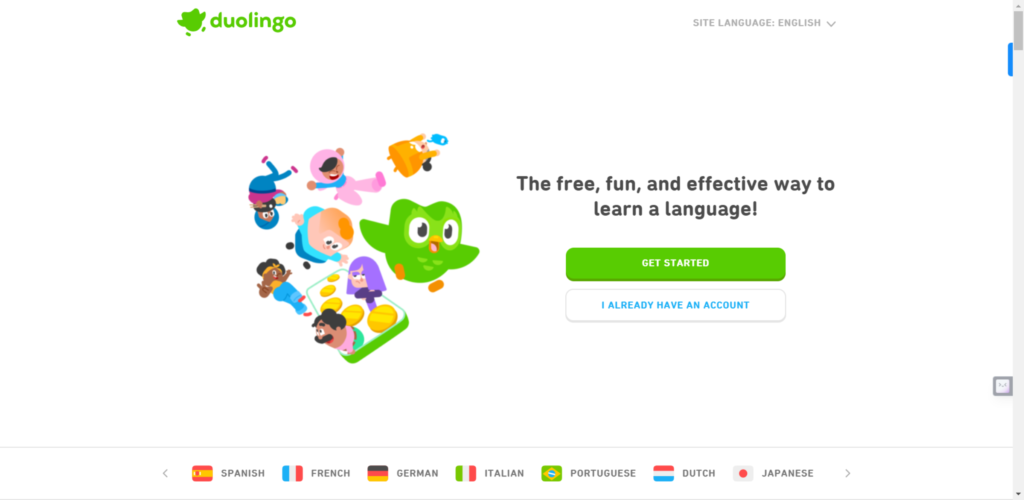
Popular language learning app Duolingo employs AI to provide students with individualized language training. The AI algorithms modify the lessons based on the learner’s proficiency level and learning pace. Ensuring that the content students receive is customized to meet their needs improves the effectiveness and enjoyment of language acquisition. Duolingo offers something for every level of learner, from novice to expert, making language acquisition accessible to everyone.
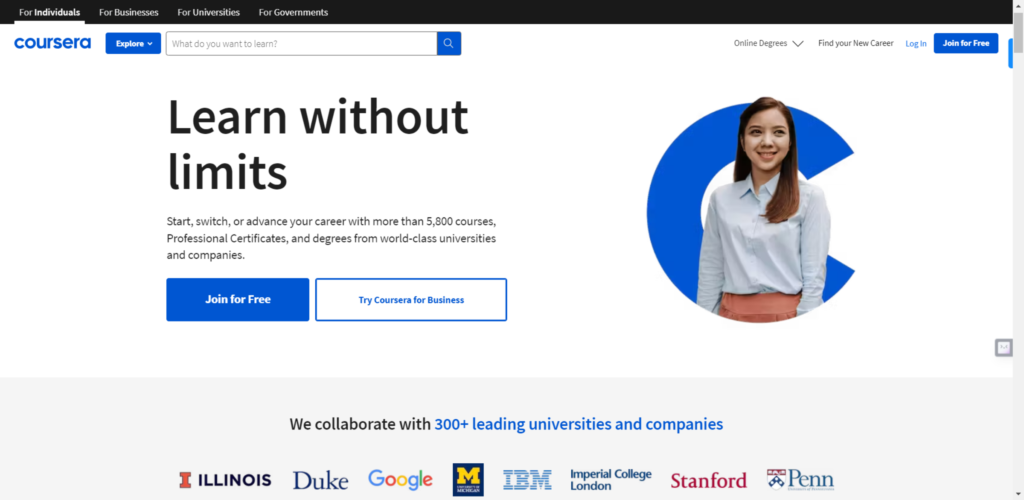
An online learning platform called Coursera provides a variety of courses from universities and other institutions all over the world. It makes method recommendations to students using AI based on their past learning experiences and areas of interest. Additionally, Coursera offers AI-graded assignments so students can get immediate feedback on their work. Online education becomes a genuinely interactive and practical experience when students can concentrate on areas where they need the most improvement, thanks to this personalized approach to learning.
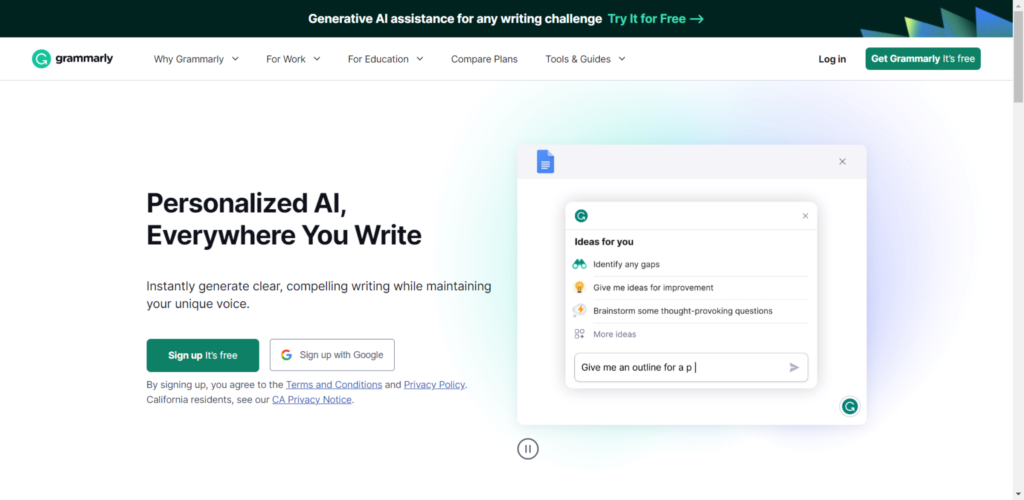
Grammarly is a popular writing aid that uses artificial intelligence (AI) to help students write better. It fixes typos and grammar, offers style recommendations, and offers engagement and clarity advice. Grammarly is useful for students who want to improve their writing skills. In a time when clear writing is essential, this AI-powered tool acts as a virtual writing coach.
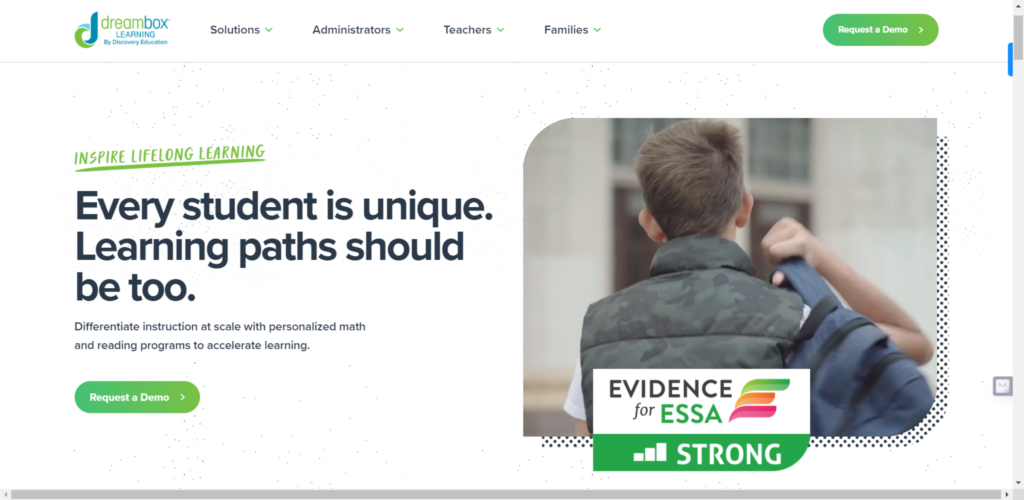
K–8 students can use the AI-powered math program DreamBox. Based on each student’s learning trajectory and proficiency level, it customizes maths lessons for them. The AI continuously modifies the material to fit the student’s skill levels, ensuring they are challenged but not overwhelmed. This tool is an excellent illustration of how AI can be tailored to meet the specific needs of each learner, increasing the effectiveness and engagement of maths instruction.
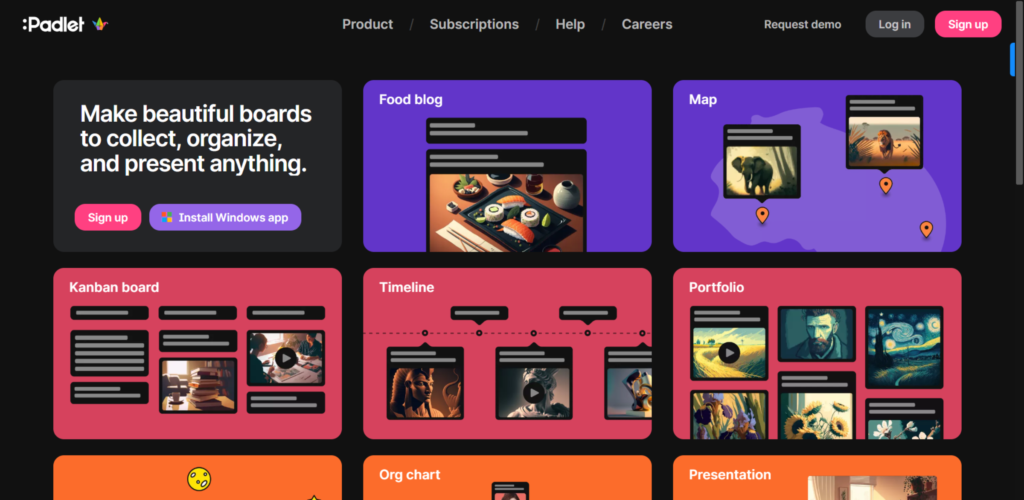
Padlet is an online virtual wall where users can post notes, photos, videos, and links. It’s a versatile tool for collaborative learning, as it allows students to brainstorm, share ideas, and provide feedback. While it’s not AI-powered per se, its simple interface and real-time updates make it an excellent choice for promoting student interaction.
Padlet can be used for various purposes, from collaborative mind mapping to creating digital bulletin boards for group projects. It’s a visually engaging tool that encourages creativity and teamwork.
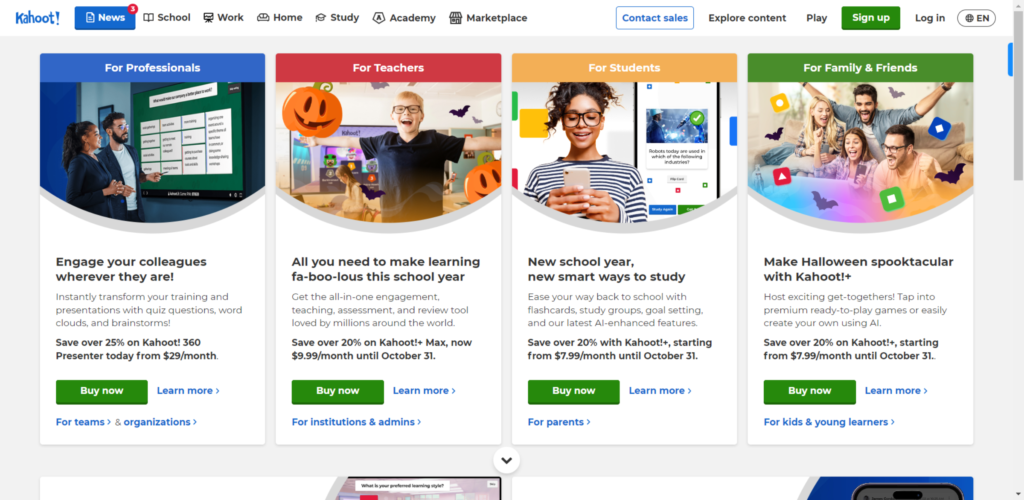
Kahoot! is an artificial intelligence (AI) platform that uses games and quizzes to make learning fun and interesting. Educators can use AI to create quizzes tailored to their curriculum and learning objectives. Students of all ages can learn effectively and enjoyably with the help of this tool. It shows how artificial intelligence (AI) can infuse excitement and joy into learning.
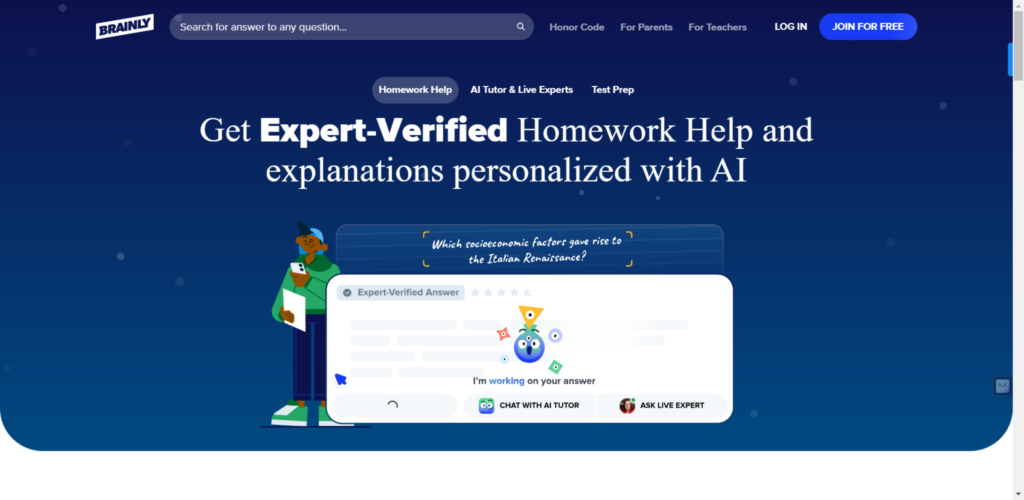
With the help of the AI-powered platform Brainly, Students can ask questions on a global learning community and receive responses. It pushes students to follow their curiosity and promotes group learning. To guarantee accuracy and relevancy, AI algorithms assist in organizing and curating the massive volume of user-generated content. Brainly gives an example of how AI can support and improve learning by utilizing the collective knowledge of online communities.
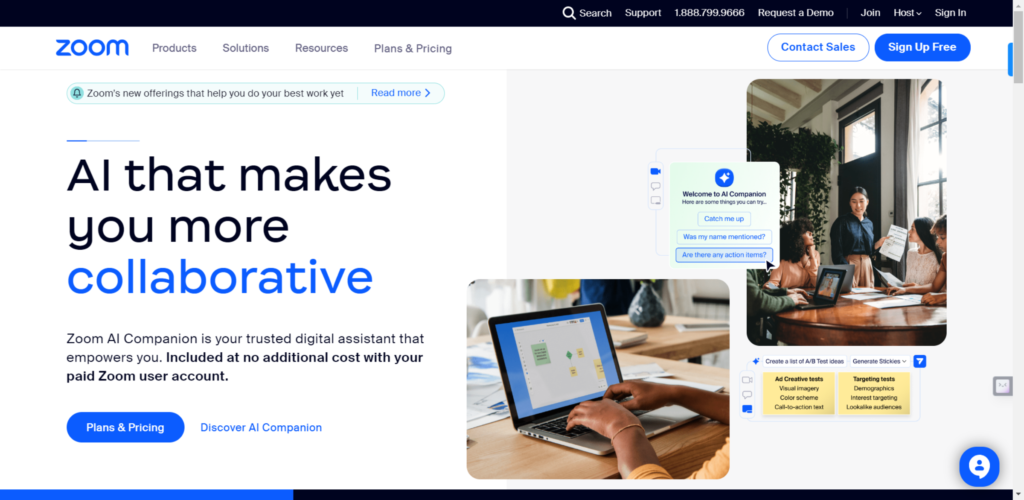
ZOOM, a platform mainly used for video conferences, AI is also used to improve the virtual learning environment. It provides virtual backdrops, automated meeting transcriptions, and real-time language translation. Online learning is now more inclusive and accessible thanks to these AI-driven features. ZOOM demonstrates how artificial intelligence (AI) can turn an essential video conferencing tool into an effective learning platform.
A new era in education has begun by incorporating AI educational tools into the teaching and learning process. These tools facilitate administrative tasks, give teachers insights into student performance, and give students individualized learning experiences. To stay competitive and guarantee the best learning outcomes possible, educators and students must adopt these AI tools as the educational landscape changes.
From game-based learning through Kahoot! to language learning platforms like Duolingo, writing aids like Grammarly, and math programs like DreamBox! AI resources have several advantages for both educators and learners. Improving learning outcomes, automating grading, and customizing instruction is priceless.
Additionally, AI has been used by communication and collaboration platforms like Brainly and Edmodo and video conferencing services like Zoom to enable remote learning and close the distance between instructors and students worldwide.
AI is a critical component that propels the constantly changing field of education, enabling teachers and students to achieve unprecedented heights. These ten indispensable AI educational tools make the process of teaching and learning more effective, efficient, and realistic—finally influencing the direction of education in a technologically advanced society. AI and education can work together to create exciting new opportunities; these tools are the first steps toward a better future for students and teachers.